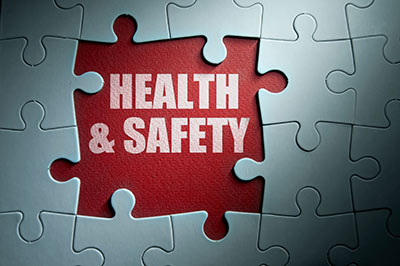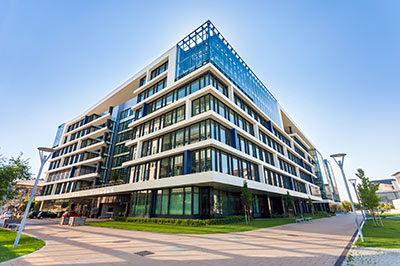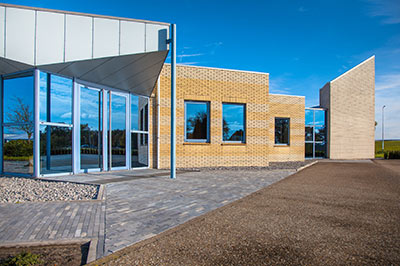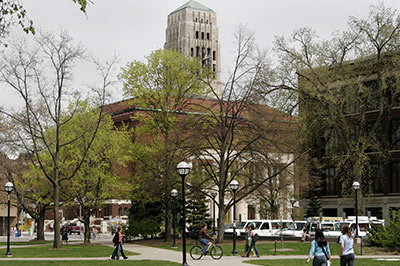Earthman, 2004
I have been asked by the ACLU of Maryland, which represents the plaintiffs in the Bradford v. Maryland State Board of Education case, to review the 31 criteria for school facilities established by the Maryland Task Force to Study Public School Facilities and to recommend priorities for those criteria in light of the available research on the links between conditions in school buildings and student achievement. Based on my own studies, my review of pertinent research studies, and my background and experience in the field, I have recommended a set of priorities among the criteria based upon the extent to which an element impacts student academic achievement. I recommend that the highest priority be given to those elements which have a demonstrated and significant impact on student achievement and on those elements that directly relate to student safety.
Below, I first summarize generally the research generally demonstrating the link between school condition and student achievement, and the link between the age of a facility and achievement. Then, I explain why, in my opinion, it is crucial for Maryland to address issues related to student safety first, in conjunction with the criteria most directly related to student achievement. Then, I rank several of the criteria that research demonstrates are most directly linked to student achievement, and summarize some of the research related to those criteria. All of my opinions are explained in greater detail in the accompanying report.
View Article











